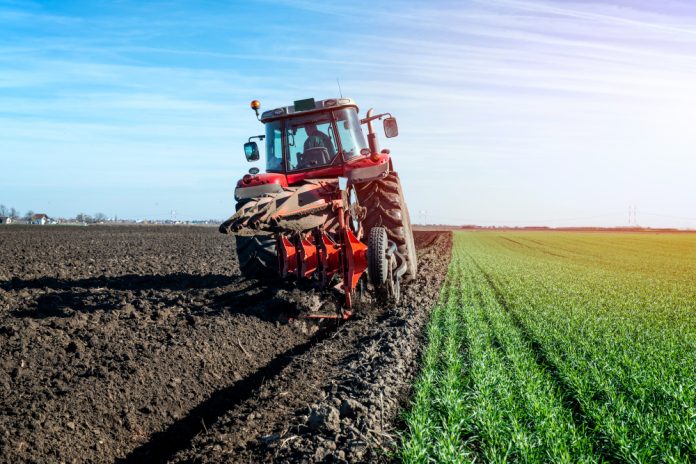As our planet warms and weather patterns shift, farmers worldwide are facing unprecedented challenges. From prolonged droughts to unpredictable rainfall, climate change is reshaping the agricultural landscape. But amid these difficulties lies an opportunity for innovation and sustainable growth. We can not only survive in this changing world but thrive by adapting our farming practices.
The stakes couldn’t be higher. Agriculture is the backbone of our food systems, employing over a billion people globally and feeding our ever-growing population. Yet it’s also one of the sectors most vulnerable to climate change. As temperatures rise, crop yields are projected to decline in many regions, threatening food security and livelihoods.
So, how can we adapt? The answer lies in a combination of traditional wisdom and cutting-edge technology.
First, we need to embrace crop diversity. For too long, we have relied on a handful of staple crops, leaving food systems dangerously fragile. We can cultivate a wider variety of plants, including traditional and indigenous varieties to create a more resilient agricultural system. These diverse crops often have natural resistances to pests, diseases, and extreme weather conditions.
Read also: Green technology and sustainable agriculture in Africa
Take quinoa, for instance. This ancient grain from the Andes is incredibly hardy, thriving in poor soils and withstanding both frost and drought. As traditional wheat-growing regions become less suitable due to climate change, quinoa could step in to fill the gap.
Water management is another crucial area for adaptation. With rainfall becoming increasingly erratic in many parts of the world, we need smarter irrigation systems. Drip irrigation, which delivers water directly to plant roots, can reduce water usage by up to 60% compared to traditional flood irrigation. In Israel, a country that’s made a desert bloom, over 75% of farmland uses drip irrigation.
But it’s not just about using less water – it’s about capturing and storing it more effectively too. Rainwater harvesting techniques, from simple rain barrels to sophisticated catchment systems, can help farmers weather dry spells. In India, the revival of traditional water harvesting structures called johads has transformed arid landscapes into productive farmland.
Technology is also playing a significant role in agricultural adaptation. Precision farming, which uses sensors, drones, and AI to optimize crop management, is revolutionizing the industry. These tools allow farmers to apply water, fertilizers, and pesticides exactly where and when they’re needed, reducing waste and environmental impact while boosting yields.
Climate-smart agriculture goes hand in hand with sustainability. Practices like no-till farming and cover cropping can improve soil health, increase carbon sequestration, and reduce greenhouse gas emissions from agriculture. These methods not only make farms more resilient to climate shocks but also help mitigate climate change itself.
However, adaptation is not just about new technologies and techniques – it is also about knowledge sharing and community resilience. Farmer field schools and agricultural extension services can play a crucial role in spreading best practices and helping farmers adapt to changing conditions. In Uganda, for example, farmer-to-farmer training programs have helped spread climate-smart practices, improving yields and incomes.
It is important to remember that there is no one-size-fits-all solution. What works in the rice paddies of Southeast Asia may not be suitable for the cornfields of the American Midwest. Adaptation strategies need to be tailored to local conditions, taking into account not just climate and geography but also cultural and economic factors.
As we face the challenges of climate change, it is easy to feel overwhelmed. But the story of agriculture is one of constant adaptation and innovation. From the first farmers who domesticated wild grains to the green revolution that fed billions, we have always found ways to overcome obstacles and feed our growing population.
The task ahead of us is daunting, but not insurmountable. We can embrace diversity, harness technology, and work with nature rather than against it to build a more resilient and sustainable agricultural system. It won’t be easy, and it will require investment, innovation, and collaboration on an unprecedented scale. But the alternative – a world where food security is increasingly precarious – is simply not an option.





